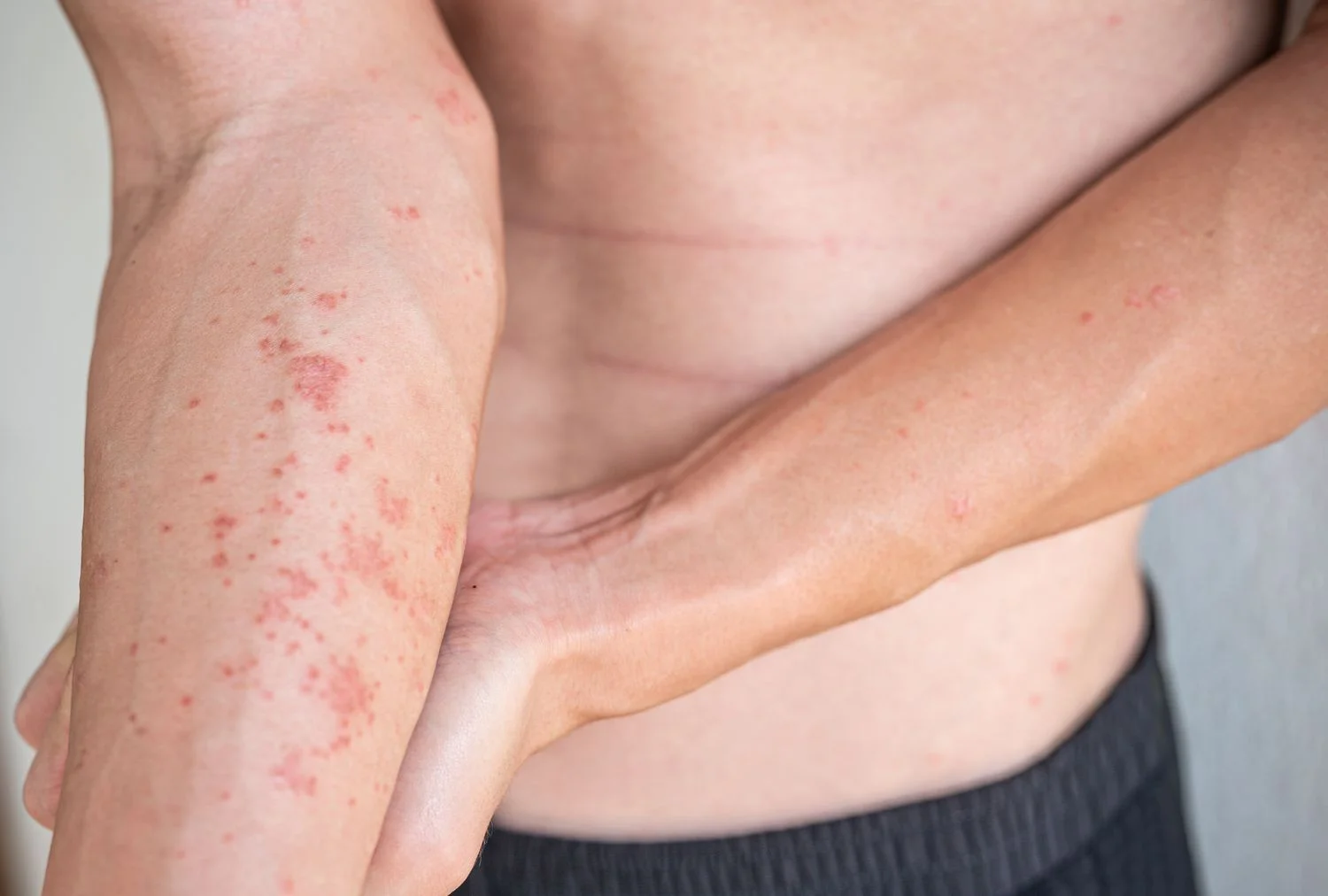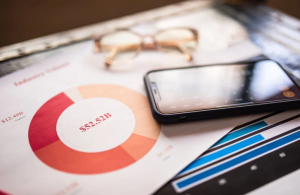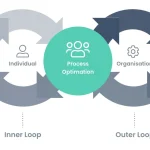Introduction:
The most common form of atopic dermatitis (AD), also known as eczema, is an itchy rash that can appear anywhere on the body. This habitual complaint generally begins in the non-age group but can also develop in the majority. AD usually occurs within the first six months of life.
Symptoms may ameliorate as children get older, or they may persist with occasional fevers. One of the main symptoms of the complaint is veritably dry and short skin. The skin becomes light, red, bothered, and scaled.
Symptoms and Signs of Atopic Dermatitis
Atopic dermatitis occurs most often in infants, up to 3 months of age.
In the acute phase, lesions may be veritably itchy, pink, itchy, and scaled, or pillars may be delicate to remove. Light therapy for atopic dermatitis can help you get relief from this complaint.
In the chronic phase, skin lesions from scratching and rubbing appear dry and lichen-like.
The distribution of injuries is determined by age. In children, symptoms include damage to the extensor muscles of the face, head, neck, eyelids, and limbs. In older children and adults, lesions are seen in flexor areas such as the neck and the precubital and popliteal fossas.
Being very active is an important trait. Itching usually precedes an injury and is aggravated by dry air, sweat, local irritation, blisters, and emotional stress. The main symptom in all older children is severe diarrhea. Mold often leads to an uncontrollable cycle of motion, motion, motion, motion, which makes the problem worse. Continuous scratching causes skin growth (lichenosis).
Treatment of Atopic Dermatitis
Atopic dermatitis treatment is most effective when underlying immune processes are addressed. As peeling lesions grow, the irritation often increases and thus worsens. It is important to break this cycle of anger and hurt.
Nearly all patients with atopic dermatitis can be managed on an outpatient basis, but patients with severe superinfection or erythema may require admission.
- Supportive care
In general, skin care should focus on the most common causes of skin irritation: excessive cleansing and the use of harsh soaps.
- Baths and showers are limited (should be set to one shower or bath per day; sponge baths can be interchanged to reduce the number of full-day baths);
- Limit the temperature of the water in the bathtub to the temperature of the shower.
- Avoid excessive rubbing and touching of the skin, even after showering or bathing.
Oral antihistamines are soothing and can help reduce itching. Options include hydroxyzine 25 mg three times daily or four times daily (children 0.5 mg/kg every 6 hours or 2 mg/kg at seizures) and diphenhydramine (e.g., 25 to 50 mg), preferably before bed before eating.
Mild antihistamines such as loratadine (10 mg once daily), fexofenadine (60 mg twice daily or 180 mg once daily), or cetirizine (5–10 mg once daily) may be helpful, but their efficacy has not been established.
Relieving emotional stress is salutary and helps break the cycle of wrathfulness and depression. Stress can be mischievous to the family (e.g., waking up to a crying child), but it can also be mischievous to the case (e.g., wakefulness due to concussion).
Corticosteroids
The main treatment method is local corticosteroids. Specific treatments include the use of ointments or creams containing corticosteroids.
To reduce the use of corticosteroids in habitual cases (because long-term use can cause skin rashes or acne scarring), physicians occasionally replace or increase the corticosteroid cure incontinently for a week with non-steroidal anti-inflammatory medicines for eczema.
Corticosteroids are discontinued whenever the dermatitis is controlled and are never used to prevent relapse. Systemic corticosteroids generally give immediate relief, but long-term use should be avoided due to several implicit side effects.
Oral immunosuppressants such as cyclosporine, mycophenolate, methotrexate, and azathioprine are used. It’s given to people with expansive, patient, or disabling atopic dermatitis that does not ameliorate with topical remedies or phototherapy.
Phototherapy
A narrow-band ultraviolet-B (UUVB) radiation remedy is useful for expansive atopic dermatitis, especially when the inflammation cannot be controlled with proper skin care and topical products.
Because light therapy for atopic dermatitis is more effective than traditional broadband UVB, Sorelen plus UVA (PUVA) therapy is no longer used. Although narrowband UVB phototherapy has not been shown to increase the threat of skin cancer, it’s still a concern, especially in children or long-term buyers.
Can atopic dermatitis be prevented?
Experts do not know if there’s a way for Atopic dermatitis treatment. Children who have parents or a stock with atopic dermatitis are also at an advanced risk of developing atopic dermatitis. These babies benefit from good skin care, especially in cold or dry weather.
But doctors still do not know if it helps with atopic dermatitis later on. However, wash your hands first if you use creams or ointments on your infant.
Conclusion.
Atopic dermatitis is a chronic, relapsing inflammatory skin disease characterized by genetic susceptibility, weakened immune and epidermal barriers, and environmental factors. The diagnosis is based on history and examination. Atopic dermatitis treatment includes good skin care, advice on avoiding triggers, topical corticosteroids, and immunosuppressant’s.











